What-to-make-for-dinner need never be the eternal problem! Enjoy making these distinctive dishes with the recipes sent in by our members from all over the world. They reflect the rich cultural and geographical diversity of the members of the Family Network, many of whom have joined WBFN’s International Cuisine Group in Washington DC to try out exotic gastronomic fare once a month. In fact, WBFN invites you to start a Cuisine Group at your location too and have lots of fun with other local members while extending your culinary repertoire. And don’t forget … if you would you like to share some of your personal recipes, we would love to feature them on this page too. Please forward your own original recipes in a ‘Word’ document and photos in the ‘jpeg’ format to the familynetwork@worldbank.org
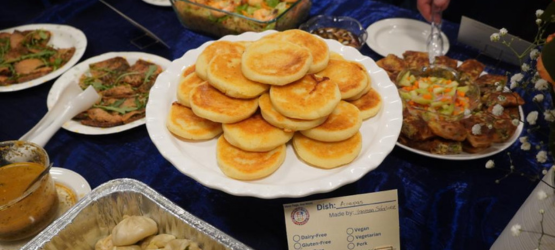
Arepas are cornmeal cakes that originated hundreds of years ago in a region that now makes up Colombia, Venezuela, and Panama.
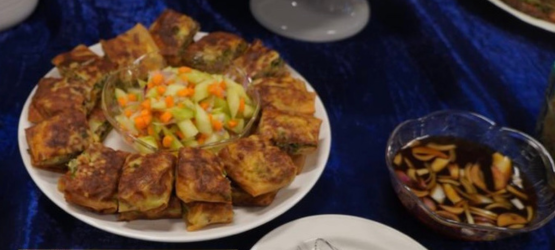
Martabak is one of popular street food in Indonesia which get influenced by Arabian food.
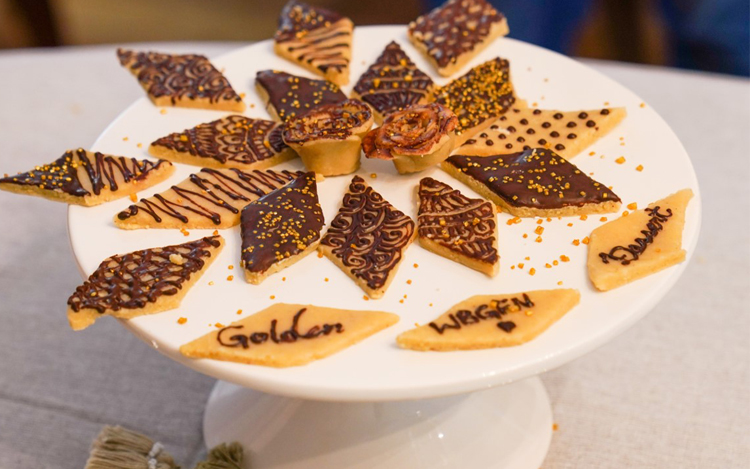
Our Golden Dessert Competition Winning Recipe - by Vanditha Jain, Kaju Katli is literally "cashew slice". It is one of the traditional most loved Northern Indian desserts.
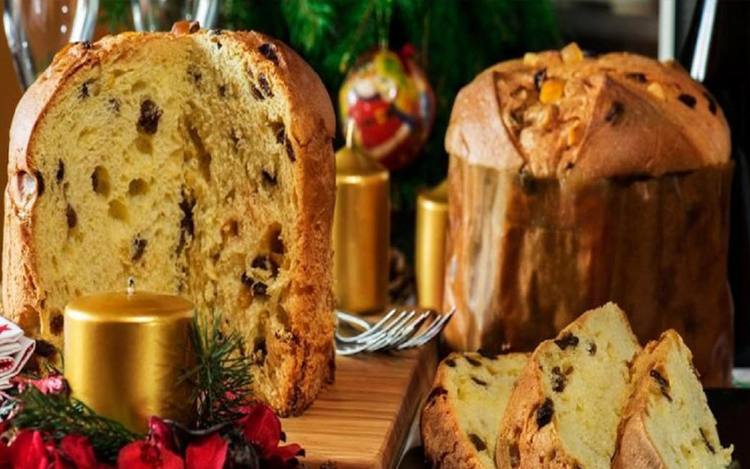
Make the holidays extra special with a homemade loaf of “PAN DULCE “. This enriched Argentina Christmas bread, dotted with rum-soak dried fruit, citrus, and almonds, is easy to make at home.
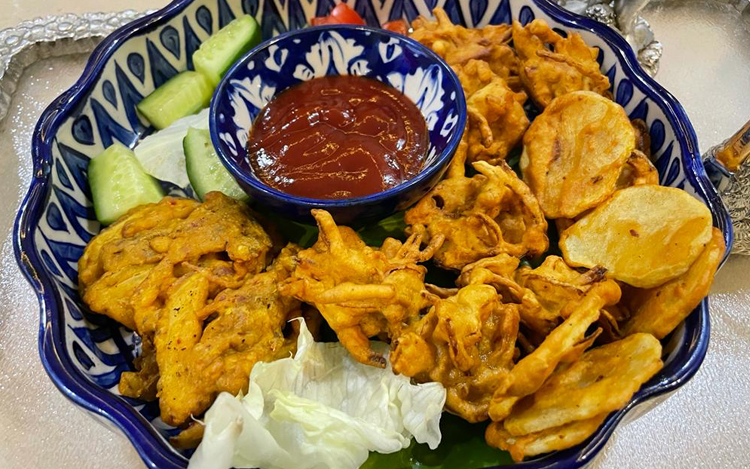
A popular food item during Iftar time is the ‘pakora’ which is made with gram flour, coriander leaves, onions, and green chilies with combination of salt and other spices to enhance the taste.
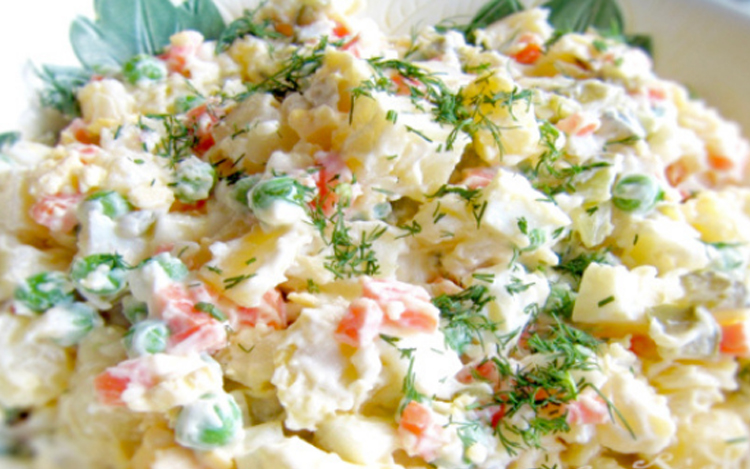
Also known as Russian Salad, was invented by Lucien Olivier for the Hermitage restaurant in Moscow in the 1860’s; it was adapted by Ivan Ivanov, who later sold the recipe for publication.
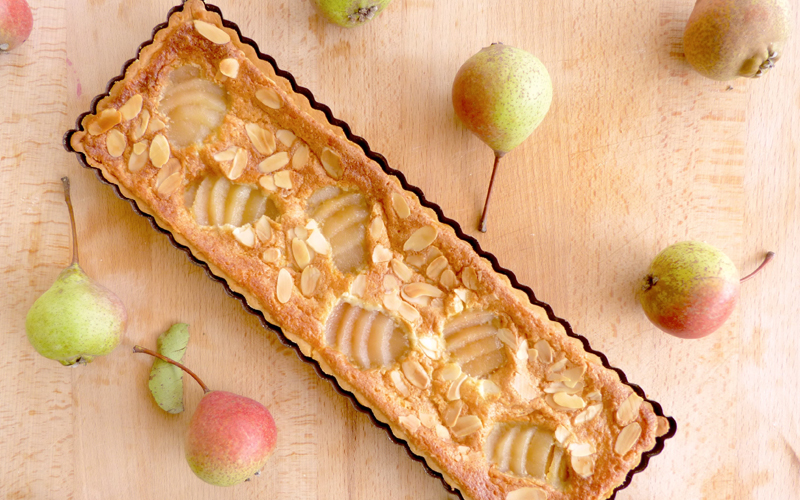
This dessert recipe can be done either with apples or pears. But I must admit that I prefer it with pears. It is ideal for the winter weather and so yummy with a cup of tea or coffee.

A traditional cake served for Chinese New Year, Pandan cake is a light, fluffy, green-colored sponge cake of Southeast Asian origin, flavoured with the juice of Pandanus amaryllifolius leaves.
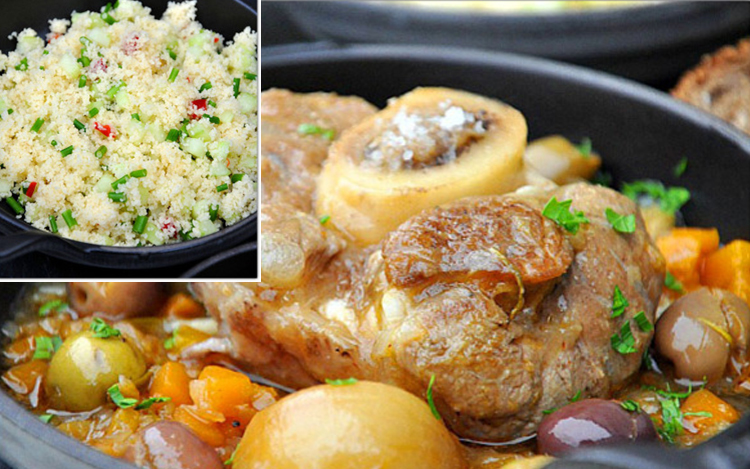
I usually use an Italian recipe (of course with variations) to cook Osso Bucco, but this recipe, intrigued me since it brought together 2 of my favorite cuisines—Italian and Moroccan.
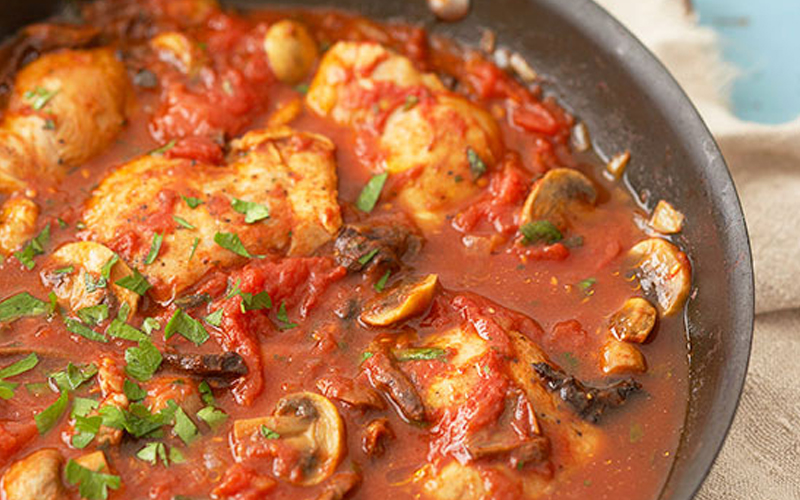
Cacciatore means "hunter" in Italian. In cuisine, alla cacciatora refers to a meal prepared "hunter-style"
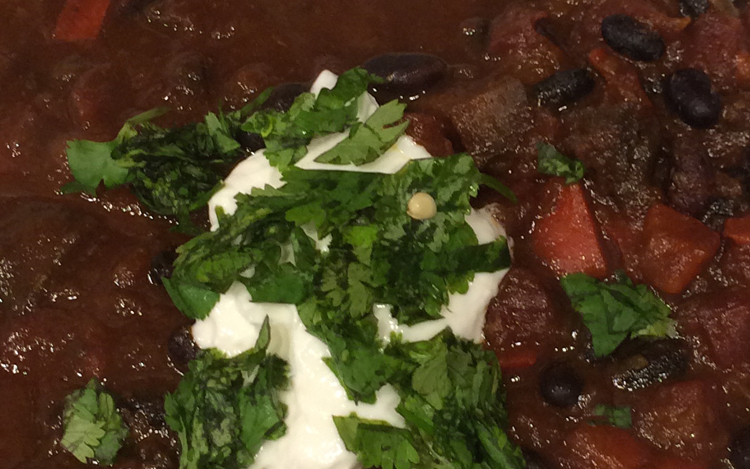
This is a warming but healthy dish, just right for the fall weather.
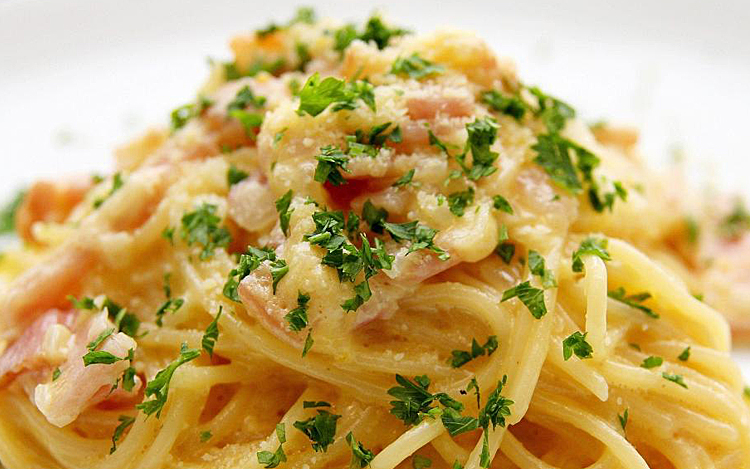
Pasta Carbonara is a dish typical of Latium (Rome). It is a simple dish, provided you have the right ingredients.